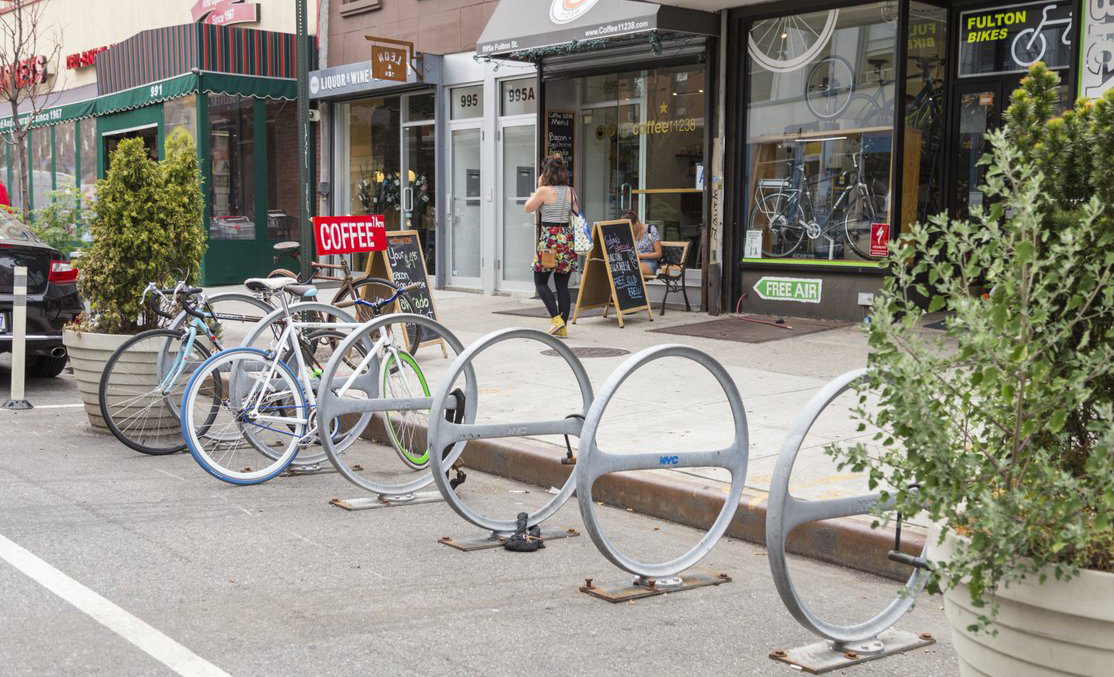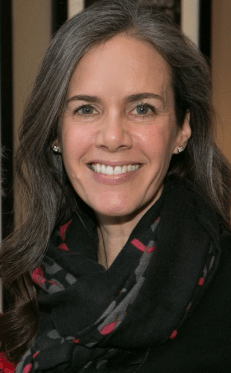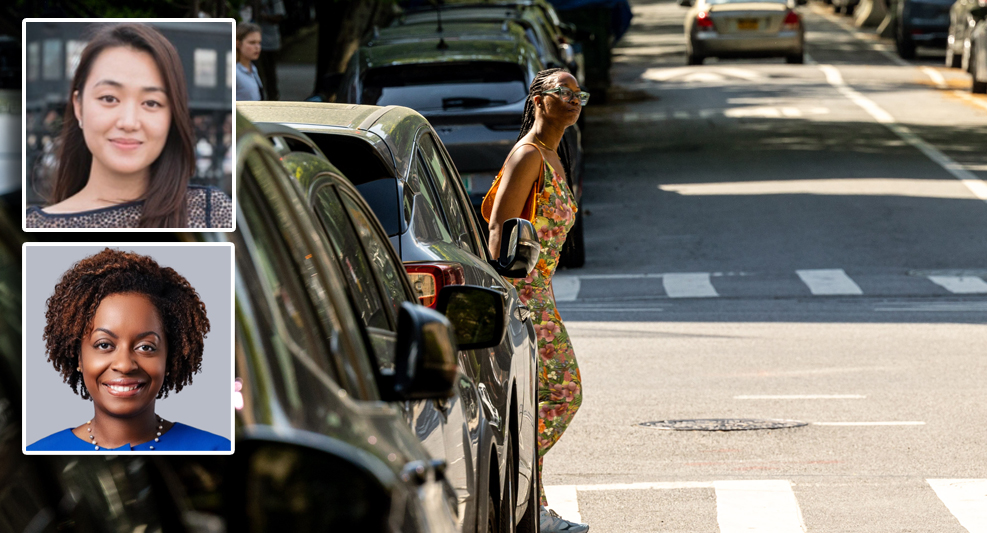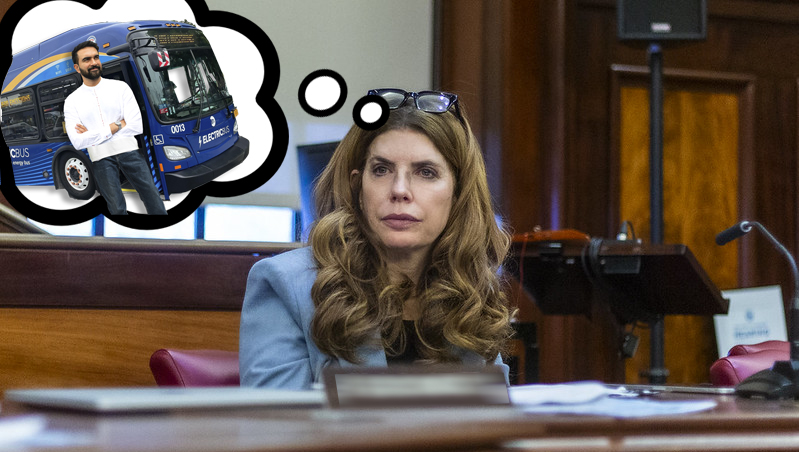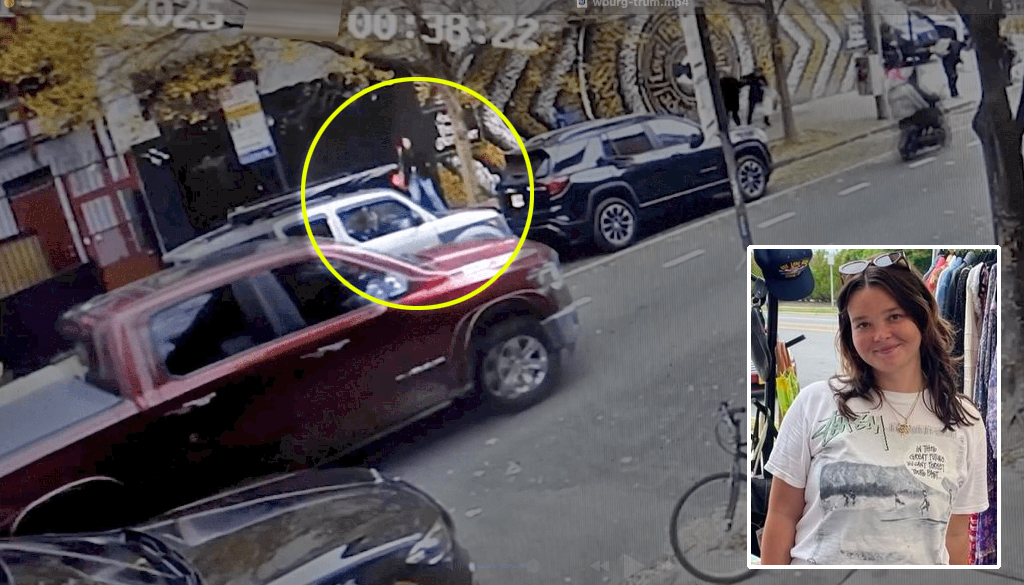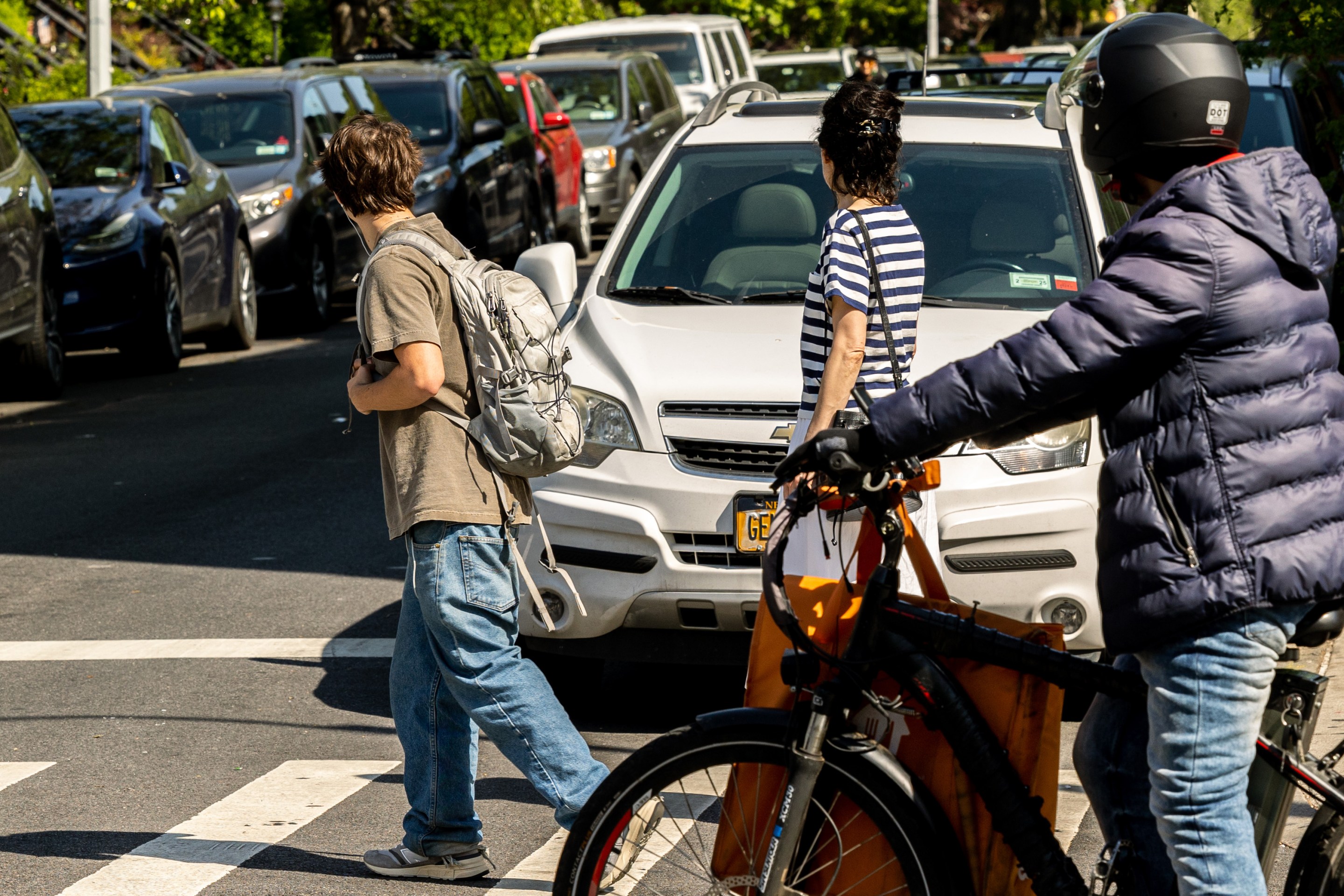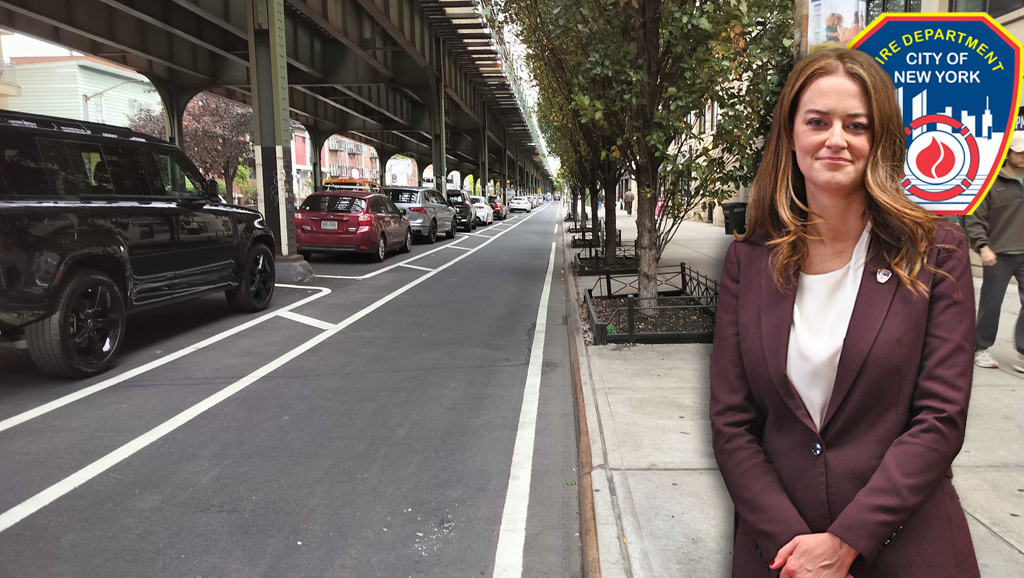Gov. Cuomo last week declared that New Yorkers must start reimagining a better state and city for the post-COVID-19 future. But Streetopia UWS Director Lisa Orman, an advocate for human-centered cities, is already strategizing. This is the second installment of a two-part series.
In a post COVID world, city agencies will need to streamline decision-making markedly — and work together much more effectively for the benefit of New Yorkers. We no longer have the luxury of agonizing over every little decision — and sending agencies to present plans to community boards multiple times over many months. Quick-build should be the norm; our transportation and climate priorities should be reflected in any project that makes it into the capital queue.
Overcome government paralysis by empowering residents
The coronavirus crisis has thrown a harsh light on the near paralysis and inability to work together of many city agencies — especially the Department of Transportation and the NYPD. The debacle of Mayor de Blasio’s failed experiment in opening streets so that space-starved New Yorkers could get fresh air and exercise without contracting the virus will be studied for years. But the city bureaucracy's inability to execute extends to matters small as well as large. Right now, it can take years and multiple site visits to do something as simple as putting a bike rack in front of a school.
The DOT could take a few, simple steps to improve and modernize its execution of small tasks — many of which now require needless high-level approvals. For one, the department could create online portals to simplify the applications for such popular programs as the neighborhood loading zones and bike corrals; such portals would enable people and businesses to use a Google form with a checklist saying that they adhered to city guidelines, submit photos online and use Google maps/satellite views, obviating expensive, time-consuming, in-person site visits by staff. Just as a reminder, we don’t require any checklists, site visits, or in-person meetings for maintaining the status quo (i.e., parking). So, the least we can do for these public-space amenities is to make them simpler to obtain and cheaper, in people hours, to implement.
When it comes to large changes, such as building out the bike network, the DOT has the authority and the planners to do this work. The DOT should come to community boards only for feedback and local knowledge, but community boards should not get to vote on these projects. Not only are lives at stake, but a network only works if it connects multiple neighborhoods, so the city cannot give a veto to a volunteer group that has no transportation or planning expertise. Local knowledge, yes — and that's why feedback should certainly continue to be solicited. But afterwards — enough; DOT must be empowered to act.
Tactical urbanism through quick builds and pilots
Similarly, given the budget constraints imposed by the pandemic, the DOT should speed up and encourage quick-build demonstration and pilot projects, perhaps with longer-lasting materials, so we can live with new ideas for longer before investing in pricey capital projects. The city’s Bike Master Plan and “Green Wave” initiative to build out a true network of bike lanes for cyclist and pedestrian safety must not get sidelined; such efforts are crucial to the better, “reimagined” New York we must attain (and that the mayor says he wants). The city can’t survive all those transit riders jumping into cars. Let’s plan for that now, finish the bike network, and give New Yorkers safe, climate-friendly commuting alternatives. Via “tactical urbanism,” we can accomplish much with very little.
For instance, on the Upper West Side, residents have clamored for crosstown protected bike lanes, dedicated loading zones, more pedestrian space and improved bus service, starting with 72nd Street. Bringing these improvements to 72nd Street would reduce double parking and U-turns (two rampant violations on this corridor that reduce safety), connect the bike network, allow businesses space to load and unload, and improve the safety and space dedicated to pedestrians and bus riders.
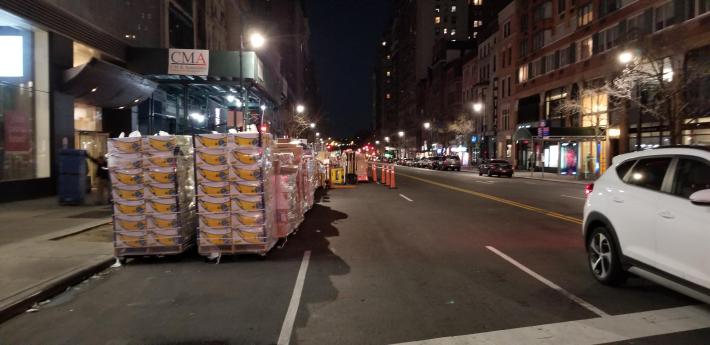
All of this should be easy to accomplish with temporary materials and would only require a day of business and residential outreach along the corridor. Such changes shouldn’t require months, if not years, of public meetings, plan after plan, petitions, rallies. Not only are these ideas mandated by city law and coming to a neighborhood near you, but they will get people to where they need to go, including work, schools, neighborhood businesses, and parks. Let’s get this work done now, as simply and cheaply as possible. Time is money. If every decision comes down to a fight over parking, we’ll never reach our climate, transportation, or public-health goals.
Capital projects
As we revisit large capital projects and decide if they are still necessary, let’s do so while keeping our values front and center. On the Upper West Side, do we really need to completely refurbish the Robert Moses-era Rotunda at 79th Street? The value of this project was questionable in flush times. Now that we will be struggling to provide the most basic services, should we be spending $200 million to create a slightly more appealing welcome mat for Upper West Side drivers? I’d prefer projects that matter to our community, not ones that encourage driving into our neighborhoods. With all capital projects, let’s decide what’s truly structurally necessary and not pump more money into making driving more attractive.
In all of these matters, we should look to create a fairer and more inclusive city. Our budget and policy priorities should reflect a more humane, creative and forward-thinking way of governing. A return to the pre-COVID status quo would represent an example of missed opportunities and poor decision making; our city would suffer for it even more than it has. Let’s allow COVID to be our strict but effective teacher.
Lisa Orman (@streetopiaUWS) is the director of Streetopia Upper West Side, a project of OpenPlans, as is Streetsblog.
